Reading the Pulps #3: Astounding Science Fiction
You can read digital scans of old issues of Astounding here:
- Project Gutenberg (quick HTML reading early issues)
- Pulp Magazine Archive (small selection with flipbook viewer)
- The Pulp Magazine Project (small selection in flipbook or pdf)
- Luminist League (large selection of cover images and pdf files)
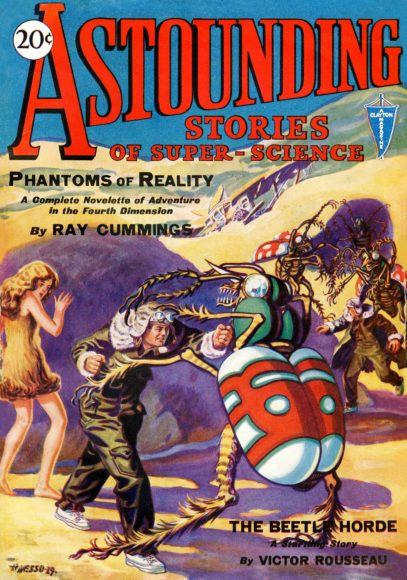
“Be careful what you wish,” is a wise adage worth heeding. Back in 1971, when I discovered pulp magazines, I wished I owned a complete run of Astounding Science Fiction. I didn’t have the money or space, but for a few years, I bought a few hundred pulp and digest magazines from the 1920s-1960s. Even then they were dry crumbling old magazines that weren’t going to last much longer. I sold them when I needed money in 1975.
I didn’t know I needed to cancel that wish.
A few weeks ago, I began a new reading project. I decided to read my way through the 25 volumes of The Great SF Stories (1939-1963) edited by Isaac Asimov and Martin H. Greenberg. I even started a discussion group for several of us who want to read through v. 1-25 together.
Of course, many of those stories came from the classic pulp magazines Astounding Science Fiction and Amazing Stories, and I wanted to see what my favorite stories looked like with their original illustrations. I’m in a large group on Facebook called Space Opera Pulp where over eleven thousand members share pulp magazine art and illustrations. After posting one of the illustrations a member left a comment that he had bought the entire run of Astounding on discs from eBay.
To make a long story shorter, I ended up buying a 2-volume collection of the complete run of digital scans of Astounding Science Fiction (1930-1960). (Search eBay: “complete astounding science fiction DVD” – and be prepared to learn about CBR/CBZ readers if you buy the set.)
At first, I thought this might be a stupid impulse buy. There’s no way I’m going to read 359 issues of an old magazine. Besides, all those issues are free on the web if you know where to look. However, each issue runs 50-200 megabytes, with the complete set being 35.9 gigabytes. Buying them on discs saved me a lot of time.
I’ve used this archive every day since. Why I use it every day is the point of this essay. Why you’re reading this essay could be because you love science fiction from that era too.
I keep asking myself why am I so drawn to these old science fiction stories? Why mess with these old magazines when all the best stories and novels have been reprinted in book form since the 1950s? I even wrote an essay about why it’s better to collect the essential anthologies of science fiction than to wade through all the original pulps.
I was born in 1951, so why am I fascinated by the twelve years of science fiction published between 1939 and 1950? On the web I’m constantly meeting old science fiction fans like myself, folks from the Baby Boomer generation, who grew up in the 1960s and fell in love with science fiction they found in libraries that were first published in book format in the 1950s. Most of those stories had originally appeared in the pulp magazines during those years 1939-1950.
I think something psychological is going on. I feel like a biblical scholar who wants to know who wrote The Bible. I’ve gotten tired of modern science fiction. It’s just not the science fiction I grew up reading. I believe I keep returning to old science fiction because I imprinted on it when I was young like a duckling to its mother. It became my religion to explain reality. I know that sounds weird, but I think it’s true. I believe I’m now swimming home like a salmon to where it was first spawned.
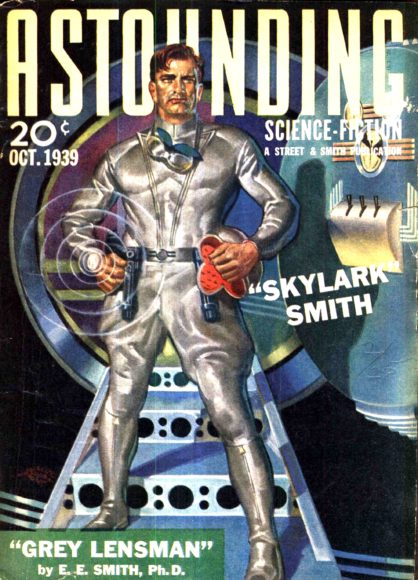
If you are young you may never have heard the phrase, “The Golden Age of Science Fiction” – specifically when referring to science fiction published between 1939-1950. And even if you have heard it, you might not know it mainly refers to one magazine and editor, Astounding Science-Fiction and John W. Campbell. Astounding still exists as the magazine Analog Science Fiction and Fact. Campbell changed its name in 1960 to make it more modern, and he had already changed its content significantly in the 1950s, which is why most people consider the Golden Age of Science Fiction to be Astounding in the 1940s. (The phrase, “The Golden Age of Science Fiction” was later recast to mean age twelve when it was realized to be a more universal truth.)
When Astounding first appeared in January 1930, the magazine was called Astounding Stories of Super-Science and edited by Harry Bates. Bates wrote the famous story, “Farewell to the Master” that was made in the 1951 movie, The Day the Earth Stood Still. It struggled to find stories, and few were science fiction. Its goal was to present adventure stories that the emerging science fiction fandom would buy. Just looking at the first cover at the top of this essay tells so much about 1930 science fiction.
Orlin Tremaine became editor in 1933 when the previous owner became bankrupted and Street & Smith bought out the magazine. Tremaine built up the magazine, bought better science fiction, and gathered a devoted audience. One of his big successes was getting E. E. “Doc” Smith to come over from Amazing Stories so Astounding would have the latest Skylark novel.
John W. Campbell was hired in 1937 to work under Tremaine. By 1938 Tremaine was let go. For a while, Campbell published stories Tremaine had bought. It wasn’t until late 1938 or 1939 that Campbell’s buying decisions changed the course of science fiction. Many of the famous science fiction writers of the 1950s were discovered and nurtured by Campbell in the 1940s.
The nature of science fiction changes almost by the decade. With the arrival of The Magazine of Fantasy & Science Fiction in 1949 and Galaxy Science Fiction in 1950, Astounding had significant competition for selling great science fiction. The 1950s were still a great decade for Campbell but his emphasis on ESP, crazy inventions, and crackpot religions got a little weird for some, so most fans consider 1950s Astounding different from the 1940s.
Baby boomers in the 1960s grew up reading the older 1940s and 1950s science fiction while the newer 1960s science fiction came out. Most didn’t know that their copy of The Foundation Trilogy they got when they joined the Science Fiction Book Club was written as a series of short stories for Astounding in the 1940s. A good percentage of famous science fiction “novels” they read in the 1960s were really fix-up novels of related short stories published earlier, such as Slan, More than Human, Pavane, The Martian Chronicles, City, A Case of Conscience, The Dying Earth, Voyage of the Space Beagle, and so on. And many of the actual SF novels published in book form first appeared as serials.
When I study digital scans of old golden age pulp magazines I read the stories the same way readers read them when it first came out. That’s a lot of fun. What’s even more fun is approaching them like a literary professor studying an era of literature. I’m starting to see trends emerge. I’m also seeing ideas that I thought were original in later stories emerge much earlier. Studying science fiction that emerged before NASA existed is quite revealing. Technological events surrounding the A-bomb, H-bomb, Sputnik, Vostok, Mercury, Ranger, Gemini, Mariner, Apollo all impacted the evolving genre.
What fascinates me now is why people in the 1920s and 1930s took to early science fictional concepts. Those concepts were polished in the 1940s science fiction. Then in the 1950s, science fiction bled into the real world when rockets and space travel became real.
A nostalgia for 1940s science fiction began in the 1950s. By the early 1960s, Alva Rogers began writing a fan’s history of Astounding Science Fiction for the fanzine Viper that was published in 1964 as Requiem for Astounding by Advent. Rogers bought his first issue of Astounding at age eleven in 1934 that contained the first part of Skylark of Valeron by E. E. Smith. His book with introductions by the magazine’s first three editors, Harry Bates, F. Orlin Tremaine, and John W. Campbell was a loving history by a first-generation fan.
Another first-generation fan, science fiction writer Arthur C. Clarke, wrote his memoir Astounding Days in 1989 by recalling how he grew up with the magazine.
Also, from 1989, Alexi and Cory Panshin came out with their Hugo and Locus award-winning The World Beyond the Hill: Science Fiction and the Quest for Transcendence. This large book covers more than just Astounding Science Fiction but spends a significant portion of its time on John W. Campbell and the Golden Age of Science Fiction. This book is currently in print, but just barely. It goes in and out of print. It really deserves more attention than it gets.
The Panshins wrote about science fiction in the way I’m now wanting to study it. But I’m not the only one fascinated with this era. All over the web, I see people my age writing about their love of this older science fiction. Fans have scanned most of the famous pulps from this era and put them on the internet. They work to find and scan all the lesser know pulps and are working back into the dime novel age.
In 2011, Jamie Todd Rubin ran a series on his blog called “Vacation in the Golden Age of Science Fiction.” Later episodes can be found here. Each episode featured a monthly issue of Astounding. I wish Rubin had stuck with the project, but it appears he stopped after 29 issues. I wonder how long I’ll be able to keep up this project?
There’s also a book devoted to Astounding coming out this August. Alec Nevala-Lee has written, Astounding: John W. Campbell, Isaac Asimov, Robert A. Heinlein, L. Ron Hubbard, and the Golden Age of Science Fiction. Alec blogged about writing his book at Nevala-Lee’s blog.
I’m sure there are other books about Astounding, Campbell and the Golden Age, but these are the ones I know. I’d be interested in hearing about the others if you know any.
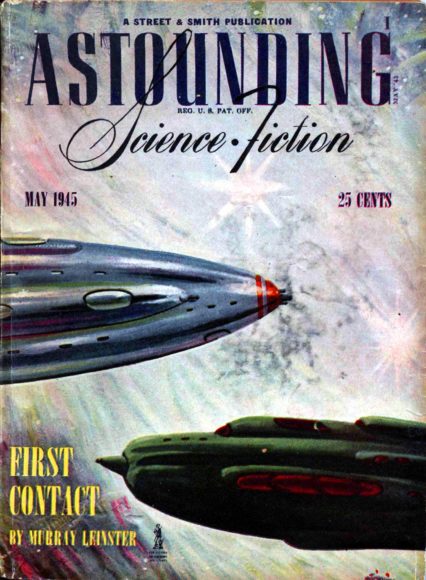
Now I want to write a book about the evolution of science fiction. I’m deeply appreciative that pulp magazine scanners are devoting great amounts of their time and money to preserve all the magazines from the pulp era. Their work is a kind of volunteer librarianship. Their labor of love to digitize the past is reflected in how they constantly work to make better scans. They master Photoshop to remove stains, rust marks, holes, tears, etc. and make those old brown pages look new again. Their efforts allow writers access to the primary documents of pulp magazine history.
I doubt many of you who read this essay will start reading and collecting old pulp magazines. But I am curious how many fans of Astounding still exist. I write this to describe the obsessed efforts of a very small subculture to remember a tiny sliver of American pop culture. If I did write a book, how many would want to read it?
It’s strange how a 1971 wish finally came true in 2018. I would never have imagined back then that computers would let me “own” a complete run of Astounding Science Fiction someday. Nor did I imagine being able to communicate so easily with other fans from around the world who also love those stories.
The internet is becoming the World-Wide Library.
JWH



















 Full Details
Full Details

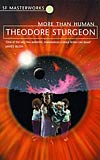
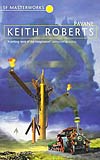
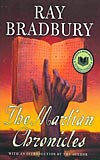
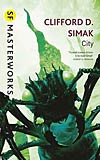
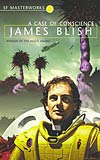
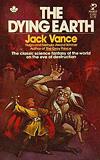
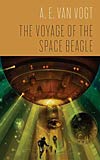


4 Comments
Campbell was buying quite a few stories in early 1938. The specifics are in his letters to Bob Swisher, a longtime friend and SF fan, and these are reproduced, and commented on by Sam Moskowitz in Fantasy Commentator #59/60 (available on Lulu.com for about six quid and highly recommended—I think you’d enjoy it, Jim).
As for Panshins’ ‘Worlds . . . .’ I was looking at the best way to get a copy of this a few days ago and eventually got an e-copy on iTunes for a fiver. A bargain compared with the cost of a paper or hardback.
Hope your article encourages other readers to dig out individual issues of the pulps. It’s worthwhile.
Mr. Harris,
Just read a few of your essays on pulp magazines. You *really* need to consider going to Pulpfest this July. (Pulpfest.com). Hundreds of pulp fans and about 100 tables ful of pulps and vintage paperbacks for sale or trade – and believe me; there are plenty of old pulps in excellent condition today. Pulp fandom is alive and growing, and you can certainly get back into it.
Check the Pulpfest website for more information, or if you like, email me. I’m in Southwest Virginia and work on my pulp collection every day. I’ll be at Pulpfest selling and buying pulps. I hope to see you there too. Talking with other pulp collectors is still one of the best parts of our hobby, just as it’s always been.
Curt Phillips
Abingdon, VA
Thanks so much for this post. I’m a bit older(1948) than you and a few years ago started getting back into SF. More and more I’ve turned to pulp fiction in general and pulp SF in particular. Typically reading the novels one chapter a night to simulate the affect of the serial. Fun reads. I get the point many make about lack of depth and often sexist and racist perspective. Then I will read more current CyberPunk and I’m ready to go back to pulp. Would like to go back to the original sources. Assembling a collection that contains complete stories can be problematic. A result of me not being a completist of collections.
Thanks to Curt pointing out the Pulpfest. Hope I can make it, wore out on tring to find this stuff at Comicon’s years ago.
Thanks to
Thanks, Paul. I ordered the Fantasy Commentary. It was $13.59 U.S. dollars. Looks right up my alley.
Curt, I’ve been getting postcard ads for Pulp Fest in some of my used book orders. I’ve been thinking about going. Travel is very difficult for me, but I’m thinking about it. It’s about a 12-hour drive for me. I don’t want to get back into collecting, but I’d love to see all the old pulps, and I’d love to meet the collectors and hear the talks.
Fred, if you follow the links I give at the top you can find most issues online as digital scans. It helps to have a tablet though, to read them.
Sorry, the comment form is closed at this time.